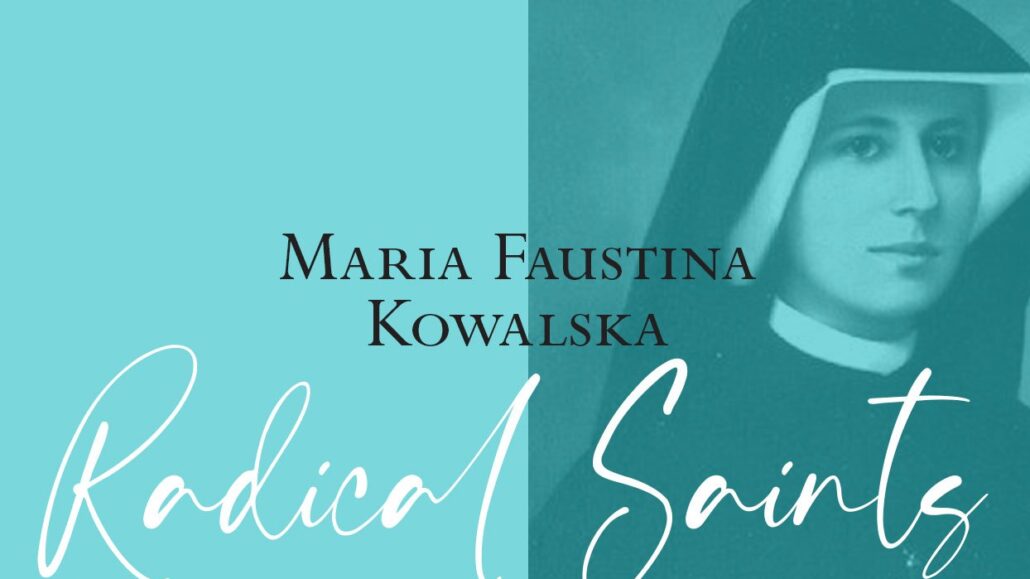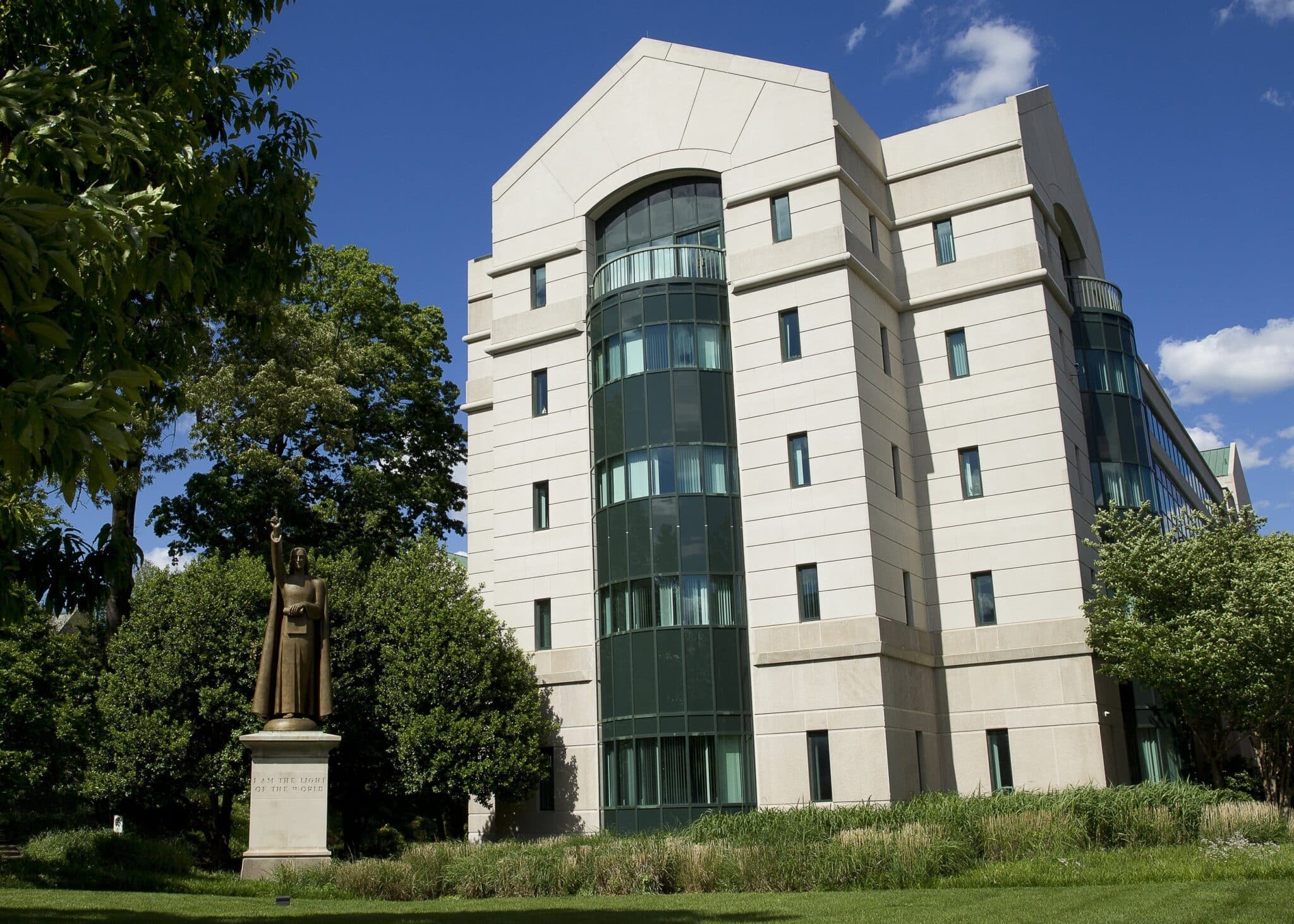Born August 25, 1905, in Poland | Died October 5, 1938, in Poland
Canonized April 30, 2000 | Feast Day: October 5
Faustina’s Radical Gift
It’s human nature to desire to be well liked and understood. Many of those around Faustina, including some of the women in her own community, saw her single-minded drive to bring the Lord’s Divine Mercy message to the world as egotistical and delusional. Faustina didn’t care what anyone other than Jesus thought of her, and she radically embraced being his messenger.
Faustina’s World
You wouldn’t have found Poland on a map when Faustina was born; the place where her parents lived was then part of Russia. Poland came back into existence when she was thirteen. In the week before her death, Nazi troops marched into Czechoslovakia’s Sudetenland under an agreement with the British, French, and Italian governments.
Faustina’s Radical Path
The Lord had a special mission for Faustina. She’d been aware of it for some time, and he had shown her through visions the priest who would help her fulfill that mission. Now, weeks before her twenty-eighth birthday, Father Michael Sopoćko was in front of her, but he didn’t seem to be taking her seriously—just like so many people before him. That, however, did not change her certainty that he was the one sent to help her.
Helena Kowalska’s large family didn’t have much; in fact, she sometimes wasn’t able to go to Mass because there weren’t enough appropriate dresses. Educational opportunities were limited. But like her father, she had a deep prayer life and a strong sense of religious obligation.
Helena was fifteen and had already started working as a domestic when she told her parents she was being called to enter a convent. They said no, in part due to the fact there was no money for a dowry. While she was obedient then, everything changed just a few years later. Helena was at a dance with her sister when she had a vision of Jesus asking her why she kept putting him off. Shaken, she went to a nearby cathedral, where Jesus appeared again and told her to go to Warsaw, eighty-five miles away, and join a convent. Helena said good-bye to her sister, let an uncle know she was leaving, and got on a train with only the clothes she was wearing.
However, the women religious of Warsaw seemed not to have received the same message from the Lord. The young woman met with rejection after rejection. Finally, the Sisters of Our Lady of Mercy agreed to consider her if she could cover the cost of her habit.
Helena worked for months until that was accomplished and then entered the convent. It took just weeks for her to question whether it was the right place for her—there was not enough prayer time, for one thing. But Jesus told her to stay, and so she did. She received her habit and the name Sister Faustina on April 30, 1926.
Over the next five years, Faustina was moved from convent to convent. Some of the other sisters found her judgmental; others thought she considered herself superior to them; still others believed her lazy. (She likely was in the early stages of tuberculosis by 1930, and the resulting coughing and chest pains kept her from working.)
She seemed indifferent to their opinions. Faustina was in her cell on the evening of February 22, 1931, when Jesus appeared, dressed in white with two rays shining from him. He provided some specific instructions: Faustina was to have an image of him painted with the words Jesus, I trust in you. The image should be venerated in the convent chapel, and eventually throughout the world. The first Sunday after Easter would be proclaimed the feast of mercy. The sharing of this vision opened Faustina up to further criticism within the community, and there were some questions about whether she should be allowed to remain, but ultimately she took her final vows.
Faustina arrived in Vilnius, Lithuania, in late May 1933, and soon thereafter met Father Michael Sopoćko, who had recently added the role as convent confessor to his teaching duties at a nearby university. The first time she went to confession with him, she shared her conversations with Jesus. After initially doubting her—to the point that he ordered her to have a psychiatric workup—Father Sopoćko did indeed prove to be the priest the Lord had sent. It was at his direction that she wrote what would become The Diary of St. Maria Faustina Kowalska: Divine Mercy in My Soul.
Through him, the original Divine Mercy artist was engaged. Father Sopoćko delivered the first homily on Divine Mercy on the Sunday after Easter in 1935, with Faustina in attendance. Three-and-a-half years later, Faustina was dead. She did not live to see the Divine Mercy spread worldwide through the efforts of Father Sopoćko and others; then banned; then revived through the promotion of Kraków Archbishop Karol Wojtyła. In 2000, as John Paul II, he canonized Faustina and designated the Sunday after Easter as Divine Mercy Sunday. But none of it might have happened if Faustina had not radically embraced her role as the Lord’s messenger, regardless of the personal slings and arrows that came along with it.
Praying with Faustina
St. Faustina, help me to emulate your focus on Jesus and to set aside the things in my life that threaten to blur my vision.








